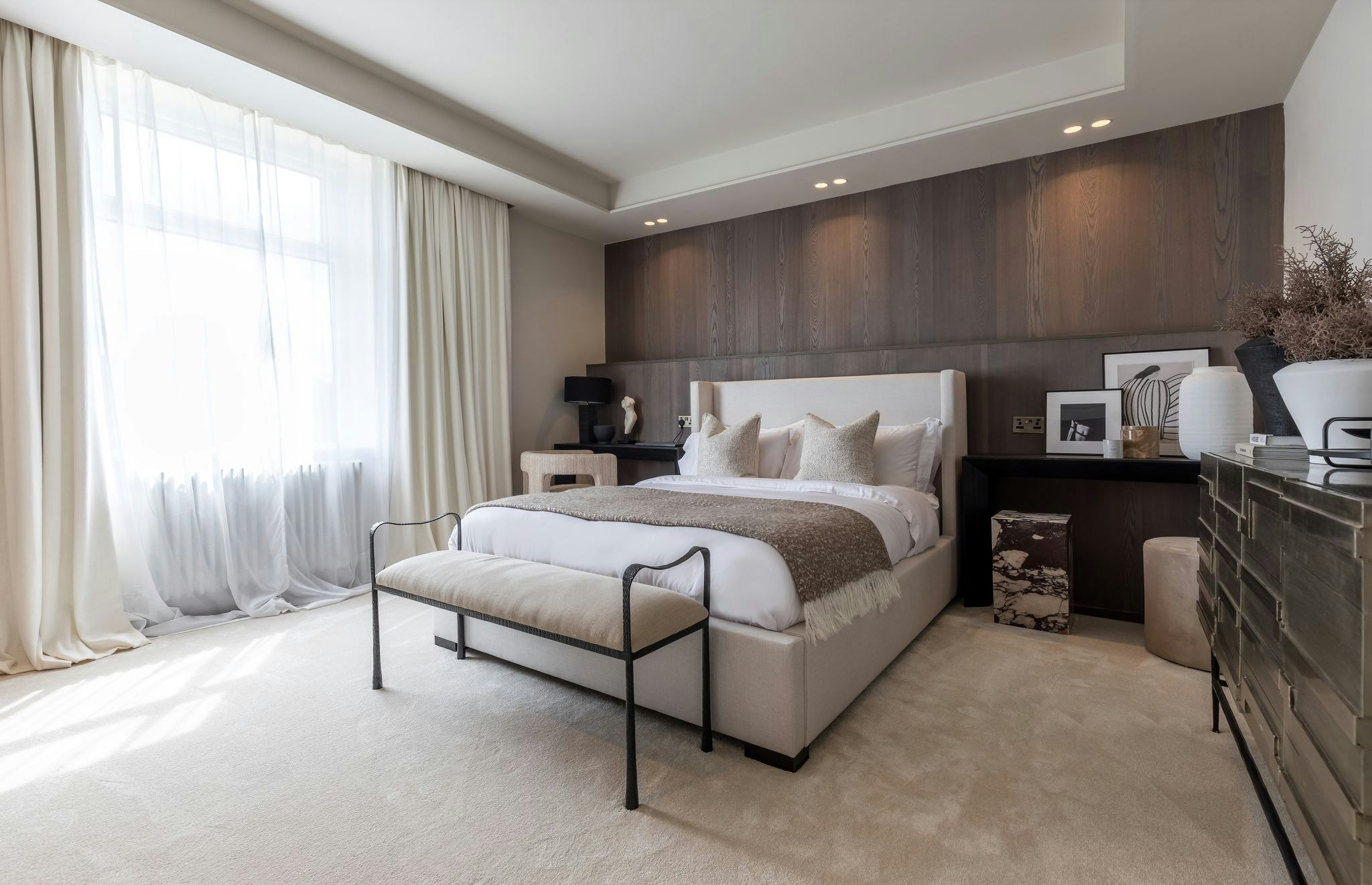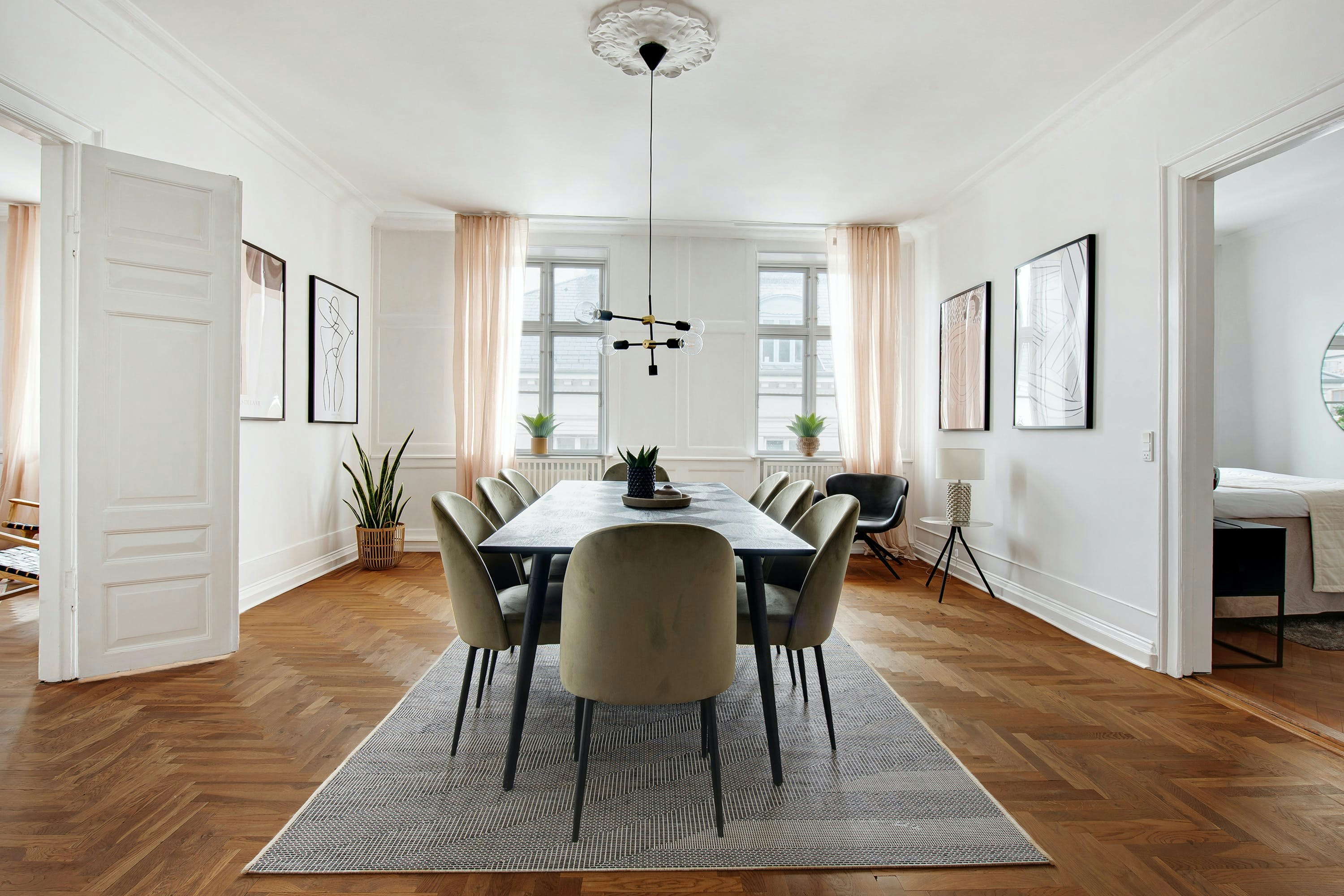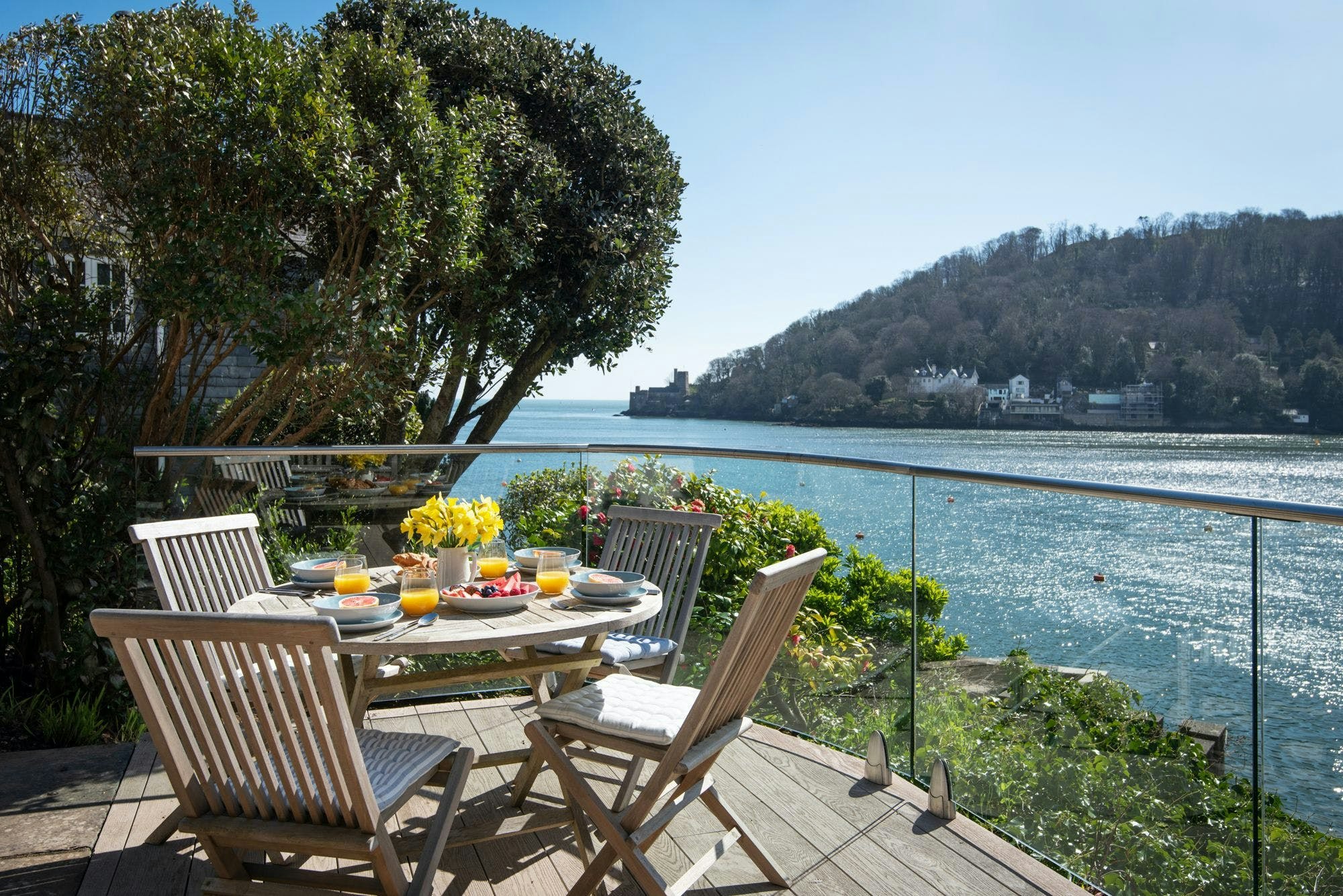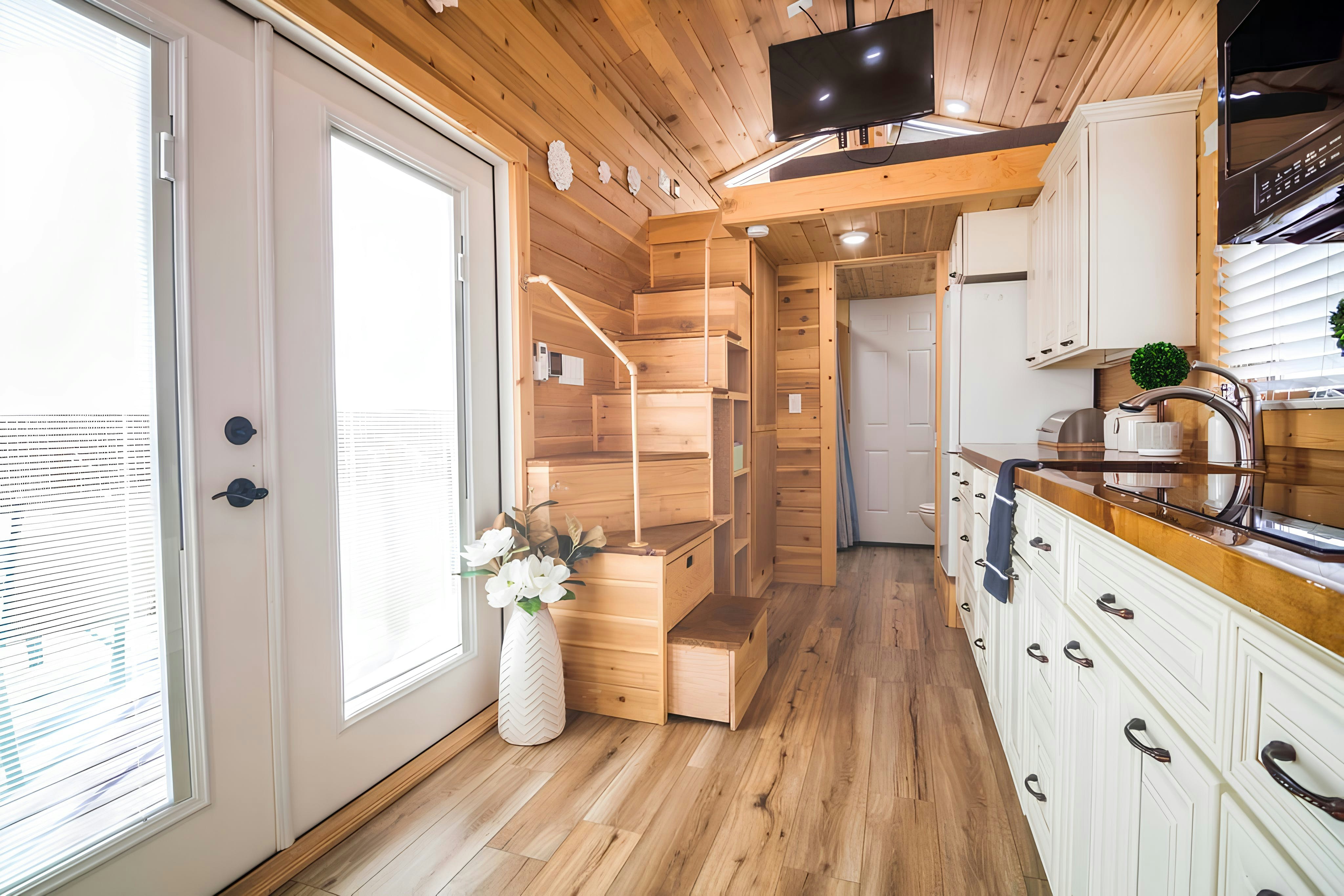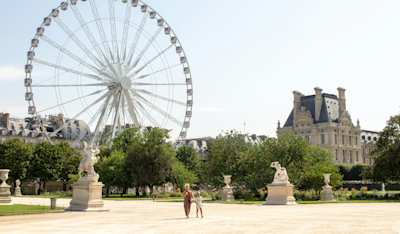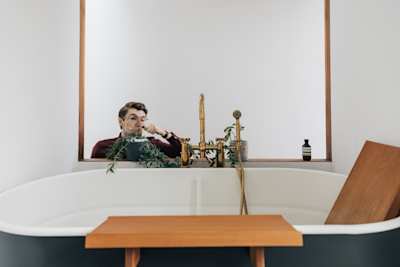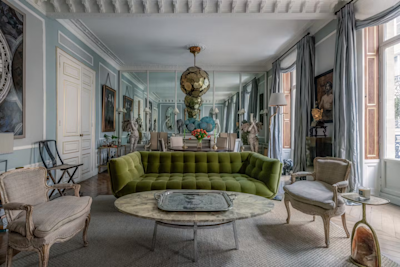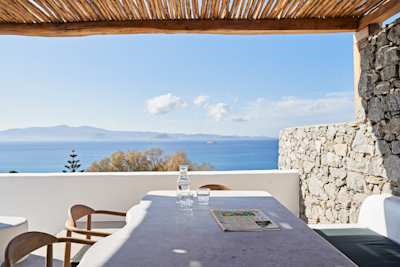Creative Conversations: Plum Guide Meets Jeremy Chan
The head chef of Ikoyi talks to us about the influence of sculpture on his restaurant's menu, why Naples is one of the world's best food destinations and how a kitchen with a fireplace makes a house a home
~
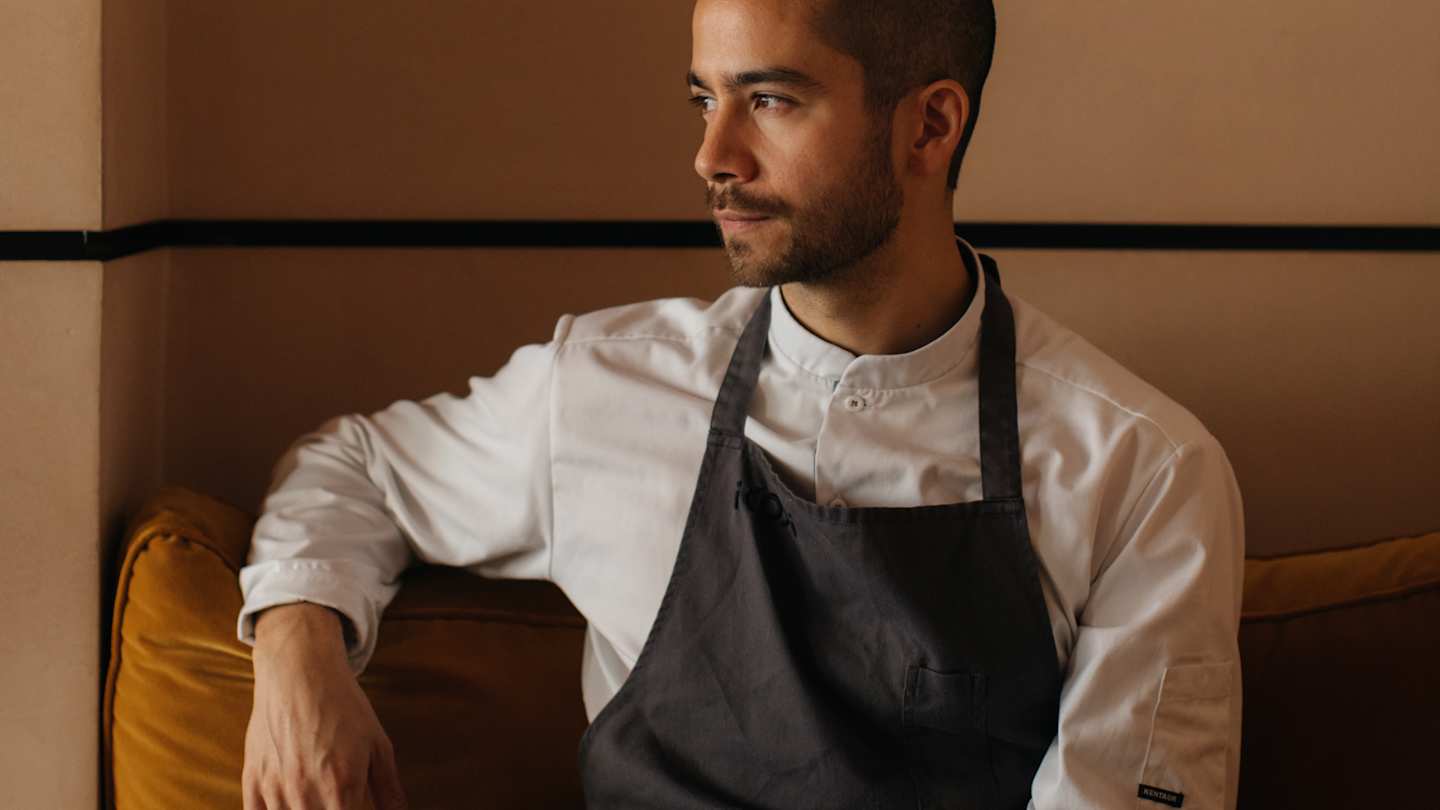
Recently awarded its second Michelin star, Ikoyi is one of London's most exciting restaurants. We caught up with head chef, Jeremy Chan to hear all about the influence of sculpture on his restaurant's menu, why Naples is one of the world's best food destinations and how a kitchen with a fireplace makes a house a home
We’d love to hear about your restaurant, Ikoyi and the concept behind its food and menu
Ikoyi is a small restaurant in central London where we do a tasting menu only – which is 8 courses but about 17 servings. We work very, very seasonally so the menu is inspired by the best vegetables, shellfish, fish and meat from the producers that we work with. We let our producers guide what’s on our menu, so I don’t really come into a month and think about an ingredient I want to work with. I just look at seasonal availability with my producers. This period at the start of the year is quite difficult as there’s very little growing on the small farms we work with, so we do have to use a little bit of produce from larger producers.
Ikoyi is hyper-seasonal and focuses on flavours that are articulated around spice and heat – all of the dishes have warmth to them. There isn’t really a cultural connection to any cuisine with what we do at Ikoyi. I think of it as deculturalised; it’s cuisine that takes inspiration from beautiful, delicious moments in my life. I patch together memories and thoughts, taking inspiration from these and applying that to hyper-seasonal ingredients. No one can really put my restaurant into a concept category. It’s conceptless and always changing. I don’t really know what it is and I’ll never know… and that’s what makes it exciting. I’ll always be working towards infinite, limitless points of reference and inspiration.
This all sounds theoretical and abstract, but it’s not. It’s just really delicious food that’s been thought of. When I come up with a dish, I don’t think ‘I want this to be a Spanish dish’. I just think of the ingredient and how we can manipulate it, make it special and add personality.
Another way to think about the concept behind Ikoyi is cooking with a lot of personality. It’s very subjective and connected to my personal experience. It’s artistic in that regard. For instance, when you look at a painting, you have no idea where Jackson Pollock or a similar artist got their inspiration from. It’s just pure feeling made into a structure. That’s what I would say Ikoyi is like.
You draw on a wide range of inspirations when it comes to the aesthetics of your dishes. Could you tell us a bit more about that thought process?
I always think of the sculptor, Henry Moore, who I really like, along with a lot of the Bauhaus sculptors. I think our food needs to be very simple with clean lines. There needs to be as many subtle symmetries and coherent angles as possible in our plates.
If you look at a sculpture it’s very simple but daunting in size with a smooth surface. If you were to look at that sculpture and one line was out of place, the whole thing would crumble as an image. It wouldn't be that impressive, daunting sculpture anymore, it would just be something with a kink in it.
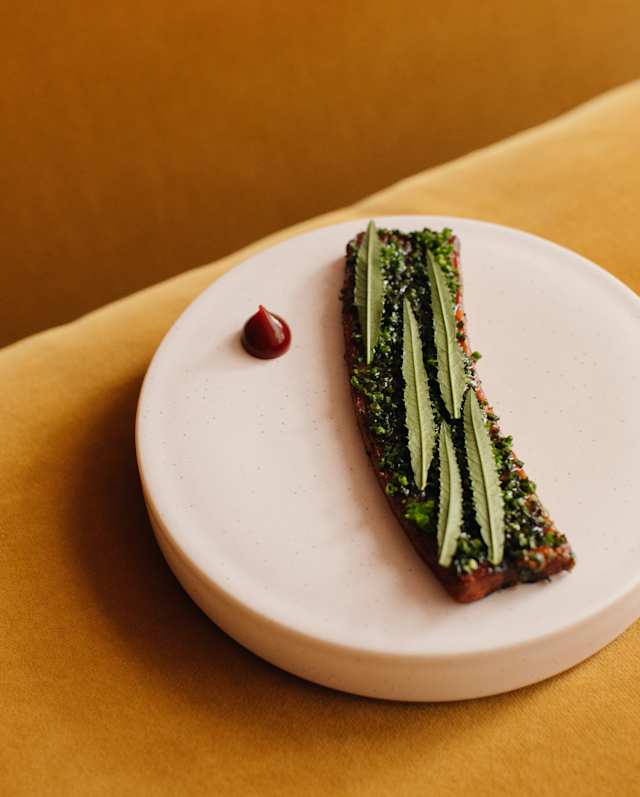
Ikoyi's plates are inspired by sculpture
And so that’s how I think of our plates – little sculptures that have to have one simple line or a very nicely cut angle. It’s interesting… some plates by chefs are very complicated with a lot of ingredients. They look impressive because of the time it takes to make them. Whereas if you look at our plates, there are two things on them… but the lines and the plate are very clean, so it’s still inspiring or stimulating, but it’s simple. That’s also how I talk to the team about it, so for example when we put two snacks on a plate, we always make sure that the spacing is the same. We don’t want it to look over the top, it’s not about that – it’s about putting six plates down on the table with spacing that’s largely equal so that you can see the care that has gone into it. It’s about transferring care and delicacy to the customer, which is a very subtle thing. When a customer sees a piece of meat or a beautiful vegetable on a plate, you want them to feel how much care has gone into it.
Throughout your journey into cooking, what has been your highlight to date?
So many highlights... I’ve had some really amazing opportunities to travel abroad and collaborate with other chefs.
I can’t name the day, but a highlight has been one day in the past five years where I’ve looked at everything that we have in that moment and said that, from the first dish to the very last dish, every single ingredient that we have is at its absolute peak in the sequence of the menu.
Sometimes, we’ll have one thing which is at 80%, another is at 70% and something else is at 110%. We feel good about that menu, but we don’t feel it’s our best. But there’s been a day, or even multiple days over the past few years where we have reached those levels of ‘it doesn't really get better than this’.
In reality, nothing will align perfectly if you’re a chef who works with small producers. Their produce is wonderful but it changes. So it’s that day when everything comes together – that is my highlight.
Describe your perfect food-focused day in London…
It would revolve around wine and cosy restaurants. I really like having lunch at Kiln, when it’s really cold outside and they’ve got their spicy noodles in clay pots and you can have a glass of wine. That’s really fun. I also like Noble Rot on a day off – that's a cosy place to go and have some snacks and a really good bottle of wine. I live in Camberwell, next to the restaurant Silk Road. I think my ideal day off would be going there early and having really, really spicy food and then having a beer at the Camberwell Arms.
Where in the world do you most love visiting for its food?
Naples – it’s pretty wonderful. There are a lot of Italian references on our current menu. I wouldn’t tell Italians that as they might get offended, but we have an Italian pastry chef and he and I are really into Italian desserts. Rich custardy things. You would never see the Italian references on our menu if you looked at the plates, but they’re in there.
Naples is unbelievable for food. I haven’t been in a long time but I usually go in the summer. It’s so hot and the food is so heavy – fried pizza and pastas, so many sweets and pastries with cream, rum babà which is incredible. There’s a cafe that does hazelnut coffee which is super good. Then, you also have all of the coastal restaurants that do lots of seafood spaghetti... I think Naples is one of the best food cities I’ve ever been to.

Jeremy loves visiting Naples for its food
Tell us the story behind a favourite item in your home
I have a reading chair / sofa which is pretty cool. My mum lives in the North of England and I passed by the shop with my girlfriend on the way and we saw it in the shop window. The shop was a bit of a cheesy furniture store with lots of lavish gold furniture, but there was this one couch in the window that had a really cool pattern on it – it almost looked like a piece of art. What was funny about this sofa was that it worked in the context of the over-the-top furniture in the shop, but it also works in a humble, cosy home setting.
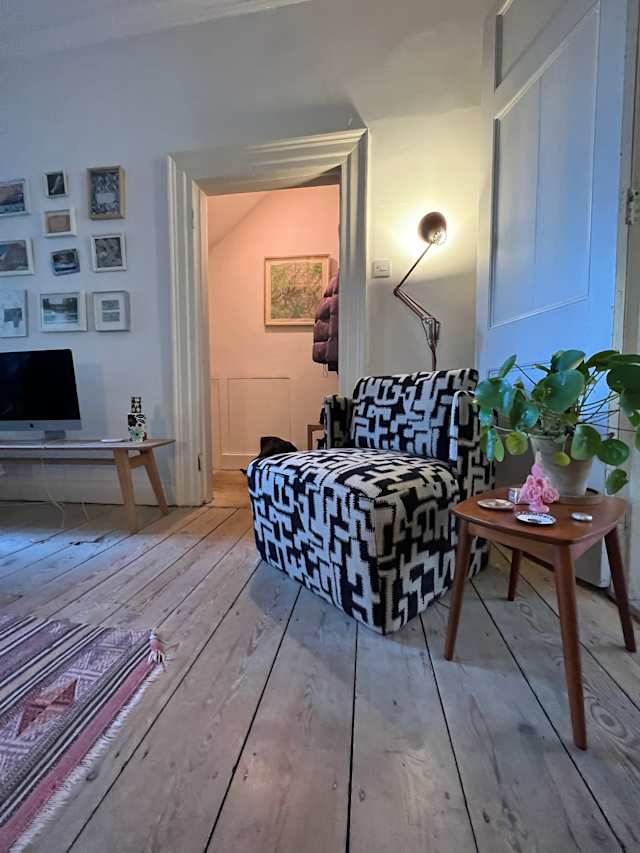
Jeremy's reading chair
What makes a house a home, to you?
It has to have a big kitchen with lots of light and a fireplace. In most of the places I’ve lived, we’ve had a fireplace. A fireplace in the kitchen is always something that makes a home feel centred. I have one in my flat in London now, and it transforms your life when you can come back home and turn it on in the winter.
I think a kitchen with a big table is really important – somewhere you can gather and have friends over. That space needs to be big and comfortable, otherwise you can't really host people. A good coffee situation is nice as well. Those few things, to me, make a house feel like home.
Where is your home away from home?
I go to Italy a lot and feel a strong connection to it. I often visit Milan and Naples as I said before. I feel really comfortable, like I could live there. I love the culture. Maybe because I’m a chef, I appreciate how people live their lives there – around food and family.
Who or what do you consider to be an arbiter of style?
I think the film director, Paul Thomas Anderson is one of the greatest arbiters of style. He has such an enormous range of films in terms of what they articulate. He’s a genius in capturing specific people, characters, times and places. He almost reminds me of a chef. His characters and films are like ingredients and cuisines that he can capture and solidify in time, articulating them in an intense way.
He’s a big inspiration, not in terms of cooking but in terms of how he thinks. Just from watching his films, I can tell he’s able to disconnect himself to understand a wide range of characters and human beings very deeply, then communicating them in a very detailed, specific way. Thinking about the film, Phantom Tread – the peculiarity and extremity of the main character is not to everyone’s taste, but it is very observant and original to bring someone like that to life. In the same way at Ikoyi, we’re thinking about clams. We’re trying to articulate something about them that people may not have understood before. That’s what I like about him that I think we share in very different disciplines.
For the Plum Guide ‘Perfect Stay’ home test, we collaborate with experts from different fields — from psychologists and hospitality experts to architects and interior designers — to identify the ingredients a holiday home needs in order to deliver a perfect stay. If you were designing a test or set of criteria for the perfect holiday home, what ingredient(s) would you specify as essential for the perfect stay?
This is something I think about a lot when I go away. One of the most important things is a really good bed with really good sheets. You never want to go somewhere and have a worse bed than your own. The next thing is coffee – when you arrive and there’s some nice pour over coffee with fresh milk set up for you, free of charge. It’s easy to do, it’s not expensive and it makes you feel at home. A great shower too. For me, it’s those three things (and not too much artwork – it feels too try-hard.). I think the best stays I’ve had have been in a well-heated room, with a really good bed, a big shower and coffee. But maybe I’m just simple…
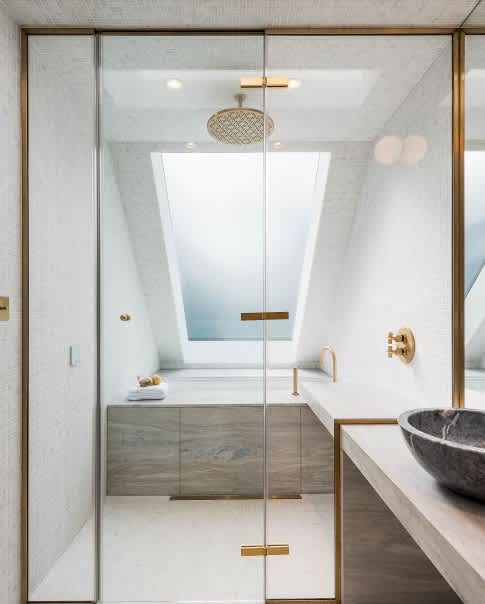
One of Jeremy's essentials for the perfect stay is a good shower
To find out more about Jeremy and his restaurant, head to the Ikoyi website or follow them on Instagram.

